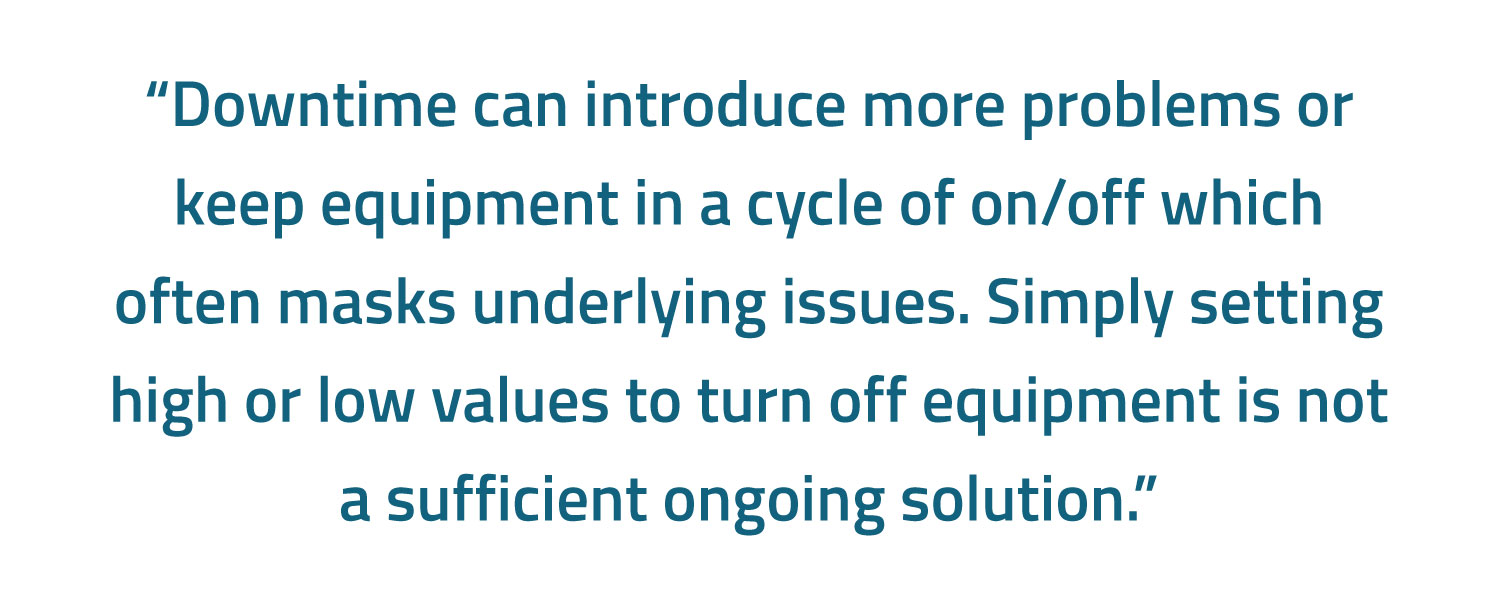Four Steps to Becoming Proactive in Oil and Gas Operations
Your daily office is an oil field filled with hundreds of wells, each outputting massive amounts of data. So much data, that as an O&G operator we often miss signs of failure, even when there were signs in the data months in advance.
With so much information coming from so many sources, as operators, we find ourselves only intervening when assets have failed, or issues are observed on daily rounds.
Today, oil and gas companies have a multitude of controllers and software to assist with the operation and optimization of our wells. While there are various programs that help us predict the optimal performance of wells from a visual standpoint, they lack the capability to do more than create simple alerts. This leaves us constantly reacting, trying to prioritize where our time is best spent, and working hard just to keep up.

The Proactive Organization
Proactive operators are now adopting advanced software tools that use analytics because these systems add critical value: helping operators do more with less while getting more out of their wells.
Some examples of specific areas where an advanced monitoring tool can create value include:
- Automating manual engineering processes to improve productivity.
- Predicting failures before they happen.
- Suggesting the best corrective actions to improve field response times.
- Creating automated insights across hundreds of wells to improve productivity.
- Detecting lost output and suggesting ways to optimize output.
So how do you start on this journey of becoming a proactive organization using advanced tools?
Four Steps to Becoming Proactive
in Oil and Gas Operations
By working with operators across tens of thousands of pieces of equipment, we have identified four key steps to the journey to becoming a proactive operator.
-
Start With a Specific Use Case
Starting with the most specific use or problem is the best approach. If you start with an idea that “we want to create value from our data”, the project will lack focus and value. Better problem statements sound more like “We want to have visibility to each well to find anomalies and underperformance”, or “We want to predict failures on our pumps.” -
Determine What Data You Have
The second step is to review what data you have. This can consist of both time series data from sensors, as well as other data such as well tests, pump ratings, valve position data, drone data, etc. It is very important to review where the data is stored, how often it is collected, how much historical data you have, and how frequently it is being measured (every day, every 15 mins, etc.). This can affect the types of analytics that you desire to build, data that you need to think about collecting, or sensors that need to be upgraded. -
Figure Out What Analytics You Need
Once you have a clear problem statement and an idea of the existing data available, then you can assess the types of analytics that you need. Some types of models, such as anomaly detection, don’t need much or any historical data - these models are built to run going forward. Other types such as Machine Learning models can require extensive historical data and need to be assessed as to their need and practicality. -
Build and Test in an Iterative Cycle
It is important to build and test analytics in an iterative cycle that lets subject matter experts (SMEs) have the maximum amount of input. SMEs understand their equipment and processes very well but are not analytics experts and require tools to assist the execution. So, they need to be able to see and use the outputs of analytics, give feedback, and have that feedback incorporated back into the analytics.
Reactive operations leave engineers in a constant state of flux. By utilizing software that helps you do more with less, gives you complete control, you can not only garner increased oil production, but a more efficient operation to improve decisions and processes going forward for desired business gains.
At NarrativeWave, we have helped numerous operators get started quickly and easily along this journey. Learn more about our value-driving process here.